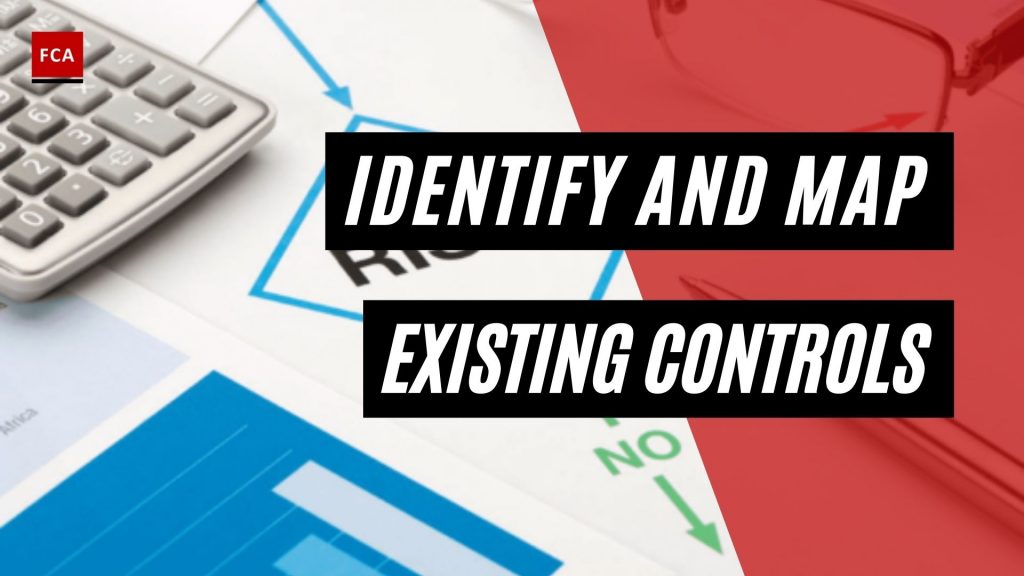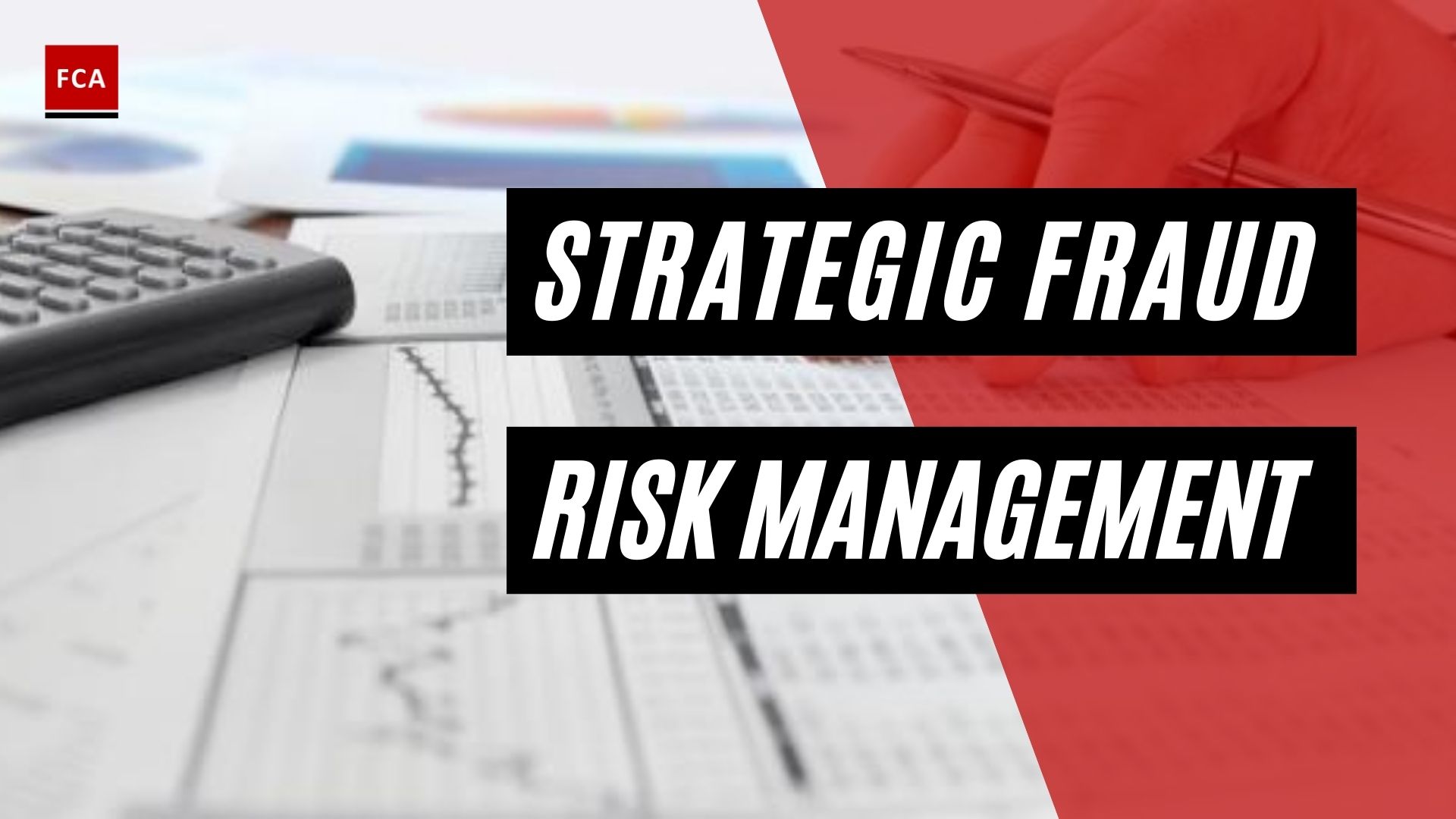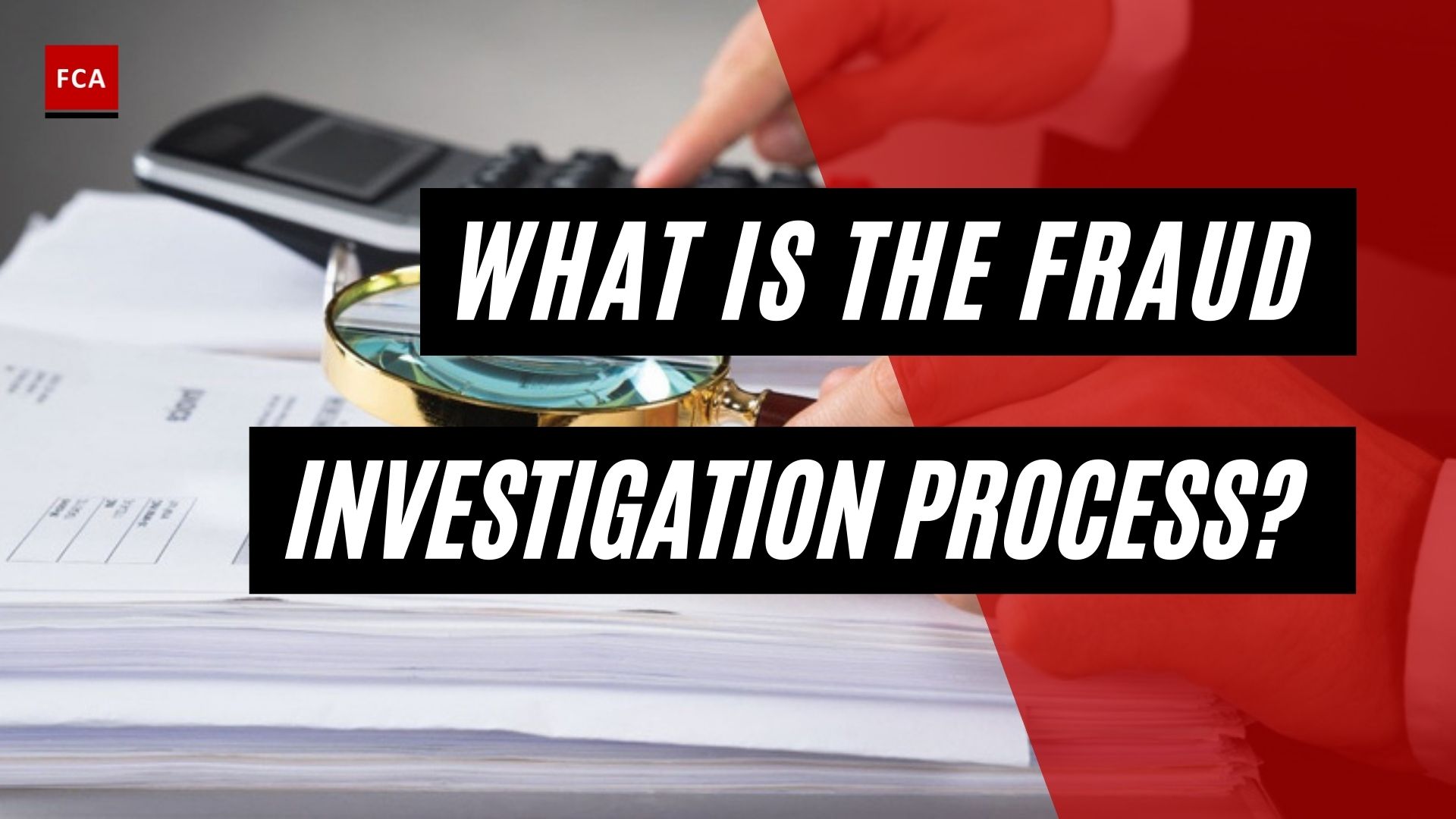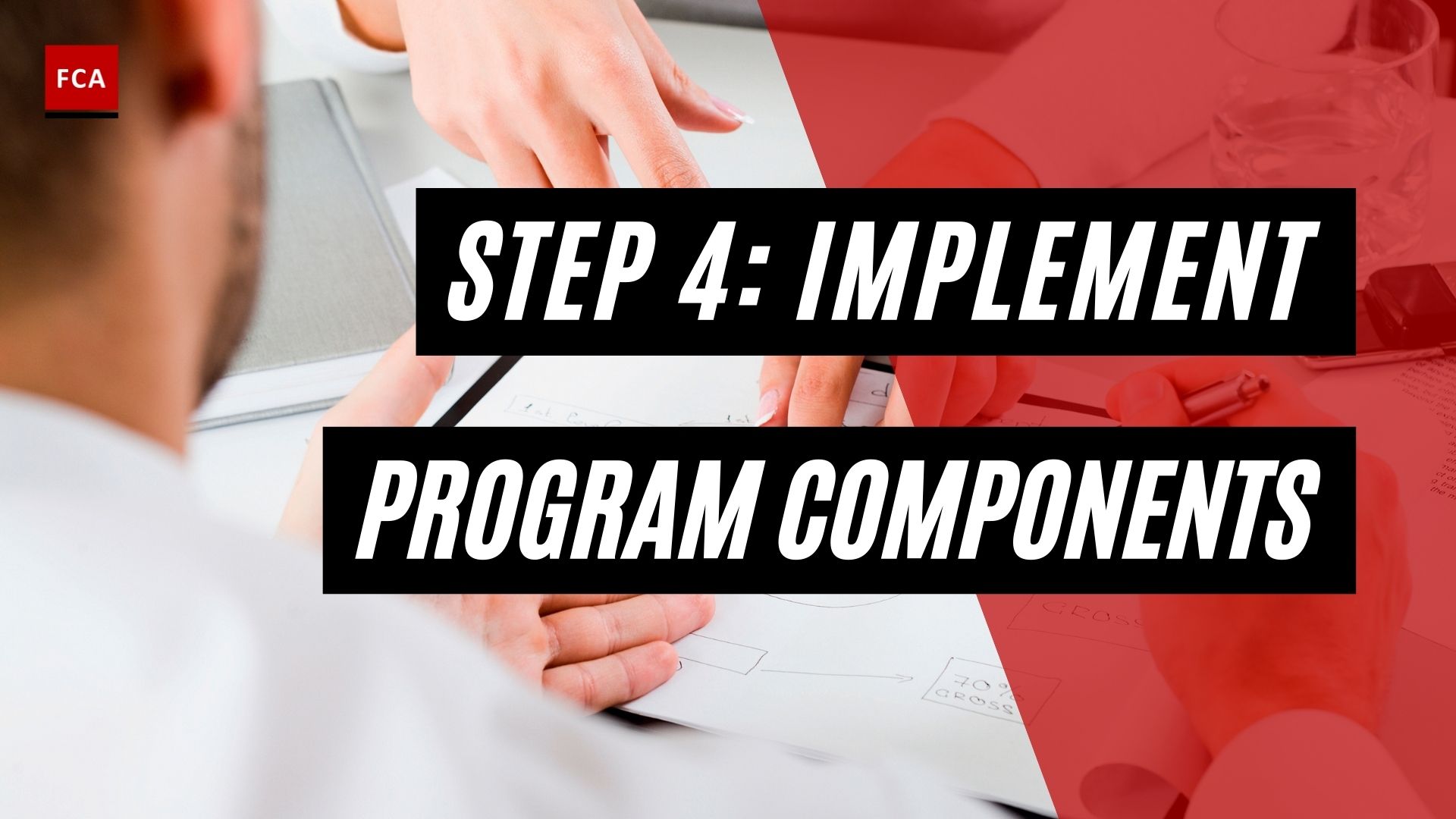Identificar y mapear los controles existentes. La dirección de la organización debe identificar y diferenciar entre los controles internos preventivos y los detectivos. Los controles preventivos se construyen e implementan en los departamentos y procesos para evitar que se produzcan fraudes, mientras que los controles detectivos son controles que detectan las actividades fraudulentas.
Identificar y mapear los controles existentes: Paso 5 en la gestión del riesgo de fraude
La dirección también identifica los controles generales y los diferencia de los controles específicos de los procesos que se incorporan a los mismos para evitar que se produzcan fraudes. Los controles generales están diseñados e implementados para apoyar a la organización, como el establecimiento de procesos de TI para garantizar que todos los departamentos utilicen la tecnología para realizar sus tareas.
Por otro lado, los controles específicos de los procesos incluyen los controles de ventas que se incorporan al sistema de ventas para garantizar que todas las ventas reales se registran correctamente y en el momento oportuno, a fin de evitar el registro excesivo o insuficiente en los estados financieros. Otros ejemplos de controles específicos de los procesos incluyen los controles de compra incorporados al proceso de compra para garantizar que todas las compras se autorizan según los límites.
La dirección desarrolla las políticas y los procedimientos de cada departamento y de los procesos principales para garantizar que todos los controles específicos de los procesos estén documentados para referencia de los empleados que trabajan en los diferentes departamentos.
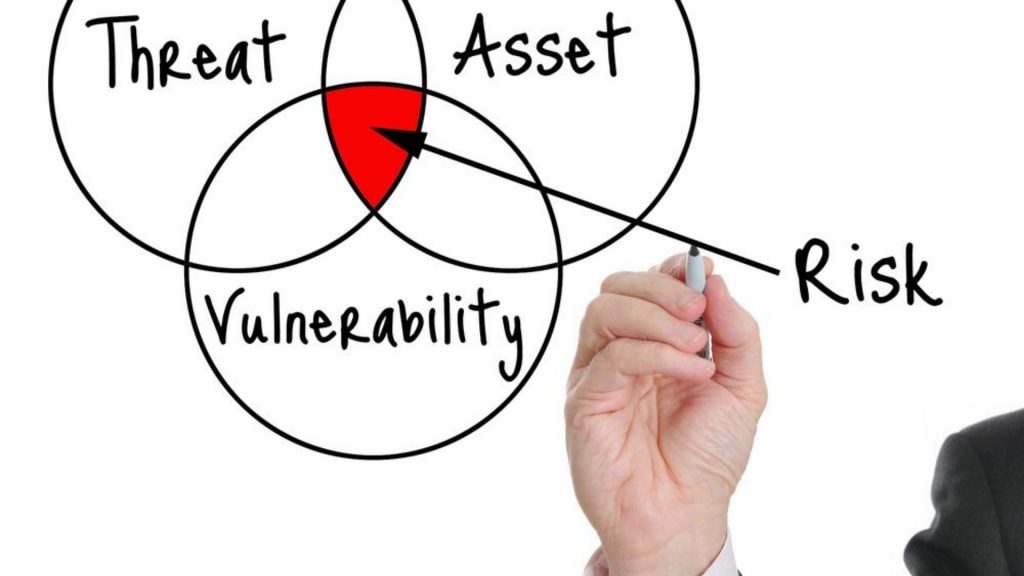
Controles documentados
Una vez documentados todos los controles en forma de políticas y procedimientos, los riesgos de fraude identificados se relacionan con los controles generales y específicos de los procesos. Esta interrelación ayuda a identificar las lagunas y los controles débiles para mitigar los riesgos de fraude. Al identificar controles internos débiles, los departamentos pertinentes toman las iniciativas para diseñar y establecer controles sólidos necesarios para mitigar los riesgos de fraude.
Por ejemplo, en el proceso de compra, si los controles de autorización no están incorporados, hay posibilidades de que los empleados puedan hacer un mal uso del proceso de compra en su beneficio. El departamento de compras necesita diseñar límites de autorización para diferentes compras para controlar este riesgo de fraude y garantizar su implementación.
Estos límites de autorización requerirán la aprobación de las compras por parte de un gerente o jefe de departamento, lo que reduce los riesgos de fraude por parte de los empleados.
¿Por qué se cometen fraudes?
No existe una única causa de fraude, y cualquier explicación debe tener en cuenta una serie de factores. Desde la perspectiva del defraudador, hay que tener en cuenta los siguientes factores:
- motivación de los potenciales delincuentes
- condiciones en las que las personas pueden racionalizar sus posibles delitos
- oportunidades de actividad delictiva (s)
- Percepción de la idoneidad de los objetivos para el fraude
- La capacidad técnica del defraudador
- El riesgo previsto y real de ser descubierto después de haber cometido el fraude
- previsión de las consecuencias del descubrimiento (incluidas las consecuencias no penales, como la pérdida de empleo y la estigmatización de la familia, la confiscación del producto del delito y las sanciones penales tradicionales)
- resultados reales del descubrimiento
El triángulo del fraude es un modelo común que combina muchos de estos elementos. Este modelo se basa en la suposición de que el fraude se debe probablemente a una combinación de tres factores: motivación, oportunidad y racionalización.
Motivación
En pocas palabras, la motivación suele estar impulsada por la codicia o la necesidad. Según la última encuesta FraudTrack de Stoy Hayward(BDO), la codicia sigue siendo la principal causa de fraude, ya que en 2007 representó el 63% de los casos en los que se citó una causa. Otras causas mencionadas fueron las deudas y los problemas de juego. Muchas personas tienen la oportunidad de cometer un fraude, pero sólo un pequeño porcentaje de codiciosos y necesitados se aprovechan de ello.
La personalidad y el temperamento, así como el miedo de las personas a las consecuencias de asumir riesgos, influyen. Algunas personas con buenos principios objetivos pueden dejarse llevar por las malas compañías y desarrollar el gusto por la vida rápida, lo que les tienta a cometer fraudes. Otros sólo se sienten tentados cuando se enfrentan a la ruina.
Oportunidad
El fraude es más probable en empresas con un sistema de control interno débil, poca seguridad sobre los bienes de la empresa, poco temor a la exposición y probabilidad de detección, o políticas poco claras sobre el comportamiento aceptable. Según las investigaciones, algunos empleados son completamente honestos, mientras que otros son completamente deshonestos, pero muchos se dejan llevar por la oportunidad.
Racionalización
Muchas personas siguen la ley porque creen en ella y/o tienen miedo de ser humillados o rechazados por las personas que les importan si los pillan. Sin embargo, algunas personas pueden justificar el comportamiento fraudulento de la siguiente manera:
- necesario, sobre todo cuando se hace por negocios
- Como la víctima es lo suficientemente grande como para absorber el impacto, es completamente inofensivo.
- justificado, ya sea porque «la víctima se lo merecía» o porque «fui maltratado».
Establecer un grupo de gestión de riesgos
Y establecer objetivos
Debe formarse un grupo de gestión de riesgos para facilitar y coordinar el proceso global de gestión de riesgos. Un director de riesgos, un director no ejecutivo, un director financiero, un auditor interno, jefes de planificación y ventas, un tesorero y personal operativo son posibles miembros del grupo. El grupo de gestión de riesgos puede adoptar la forma de un comité que se reúna periódicamente, según el tamaño y la naturaleza de la organización.
Identificar las áreas de riesgo
Cada riesgo del modelo de riesgo global debe ser investigado para determinar cómo podría evolucionar dentro de la organización. Para facilitar el análisis posterior, es fundamental asegurarse de que el riesgo está definido y explicado con precisión.
Las técnicas analíticas incluyen:
- entrevistas y talleres
- lluvia de ideas
- cuestionarios
- asignación de procesos
- comparaciones con otras empresas
- discusiones con los colegas
Reflexiones finales
Los riesgos son acontecimientos potenciales que pueden afectar a la capacidad de una organización para alcanzar sus objetivos. La gestión de riesgos consiste en comprender la naturaleza de estos acontecimientos y elaborar planes positivos para mitigarlos. El fraude es un riesgo importante que pone en peligro la salud financiera de la empresa, así como su imagen y reputación.

